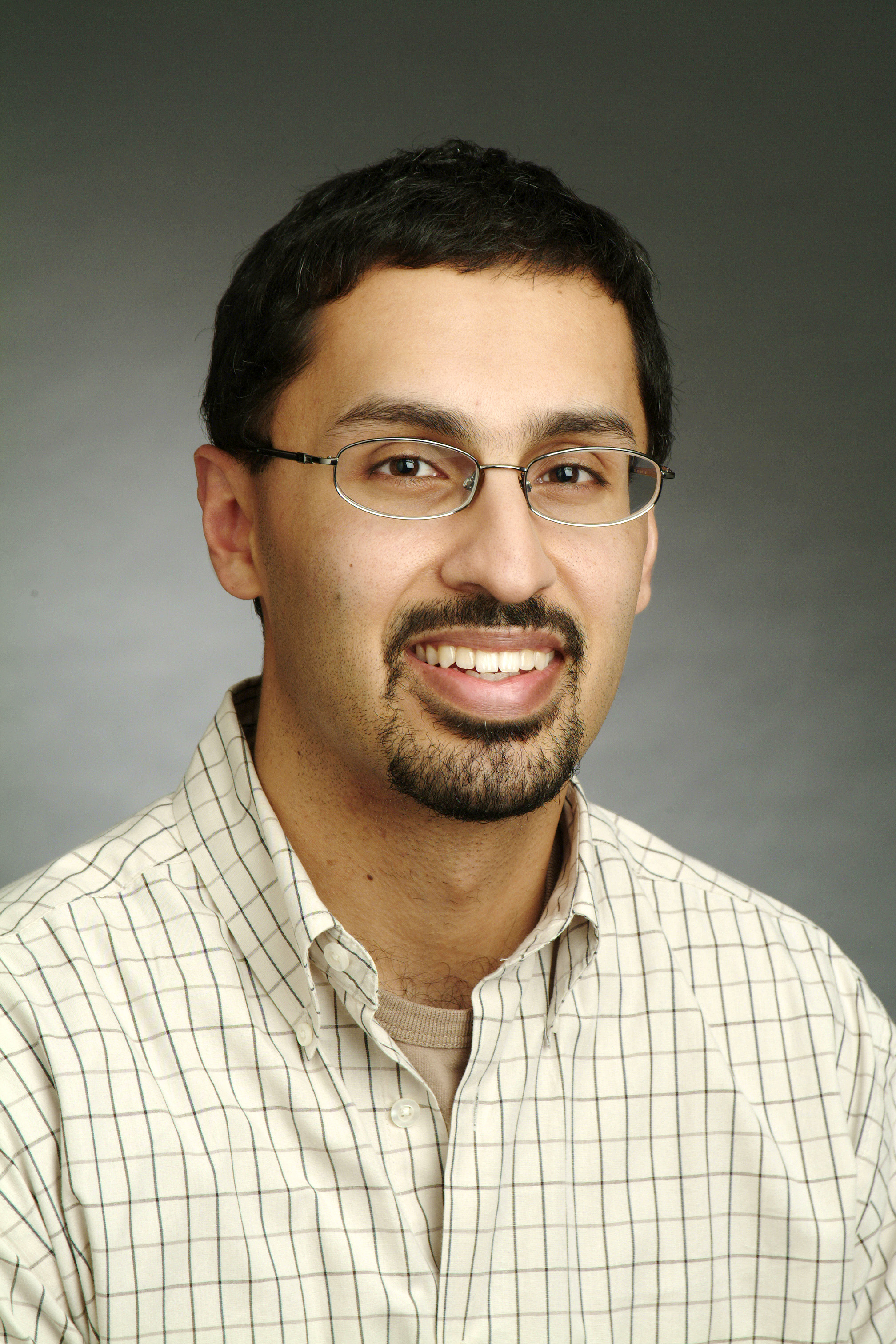Invited Speakers
Monday May 31 (3:00-4:00pm)
Live Tracking and Reconstruction from Video
Andrew Davison
Recent advances in probabilistic Simultaneous Localisation and Mapping (SLAM) algorithms, together with modern computer power, have made it possible to create practical systems able to perform real-time estimation of the motion of a camera in 3D purely from the image stream it acquires. This is of interest in many application fields, including robotics, wearable computing and augmented reality. I will explain the main aspects of the algorithms behind visual SLAM techniques, and present recent work which is now turning towards not just estimating camera motion but also recovering dense scene models in real-time, enabling advanced augmented reality where virtual objects can physically interact with the real scene.
http://www.doc.ic.ac.uk/~ajd/
Tuesday June 1 (9:00-10:00am)
Planning and Inference for Micro-air Vehicle Flight in GPS-Denied Environments
Nicholas Roy

Decision making with imperfect knowledge is an essential capability for unmanned vehicles operating in populated, dynamic domains. A UAV flying autonomously indoors or in the urban canyon will not be able to rely on GPS for position estimation, but instead use on-board sensors to track its position and map the obstacles in its environment. The planned trajectories for such a vehicle must therefore incorporate sensor limitations to avoid collisions and to ensure accurate state estimation for stable flight -- that is, the planner must be be able to predict and avoid uncertainty in the state, in the dynamics and in the model of the world. I will discuss recent results from my group in planning in information space; our algorithms allow robots to generate plans that are robust to state and model uncertainty, while planning to learn more about the world. I will describe the navigation system for a quadrotor helicopter flying autonomously without GPS using laser range-finding, and will also show how these results extend to autonomous mapping, general tasks with imperfect information, and human-robot interaction.
Bio: Nicholas Roy is an Associate Professor in the Department of Aeronautics & Astronautics at the Massachusetts Institute of Technology and a member of the Computer Science and Artificial Intelligence Laboratory (CSAIL) at MIT. He received his Ph. D. in Robotics from Carnegie Mellon University in 2003. His research interests include autonomous systems, mobile robotics, human-computer interaction, decision-making under uncertainty and machine learning.
Wednesday June 2 (8:30-9:30am)
Learning Structured Models for Recognizing Human Actions
Greg Mori
The development of automatic methods for recognizing human actions is a challenging computer vision problem. Robust solutions to this problem would facilitate a variety of applications from image retrieval to improving safety in assisted living facilities. In this talk I will present work towards solving this problem via the learning of structured models. I will describe a model that uses a hidden Conditional Random Field (hCRF) to learn a representation for motion parts in conjunction with whole-body templates. Second, a variant of this model is used for treating body pose as a latent variable for action recognition. Finally, I will describe a "bag-of-words" model for video sequences that can be used for detecting unusual combinations of actions.
This is joint work with Yang Wang and Weilong Yang.
Speaker Bio: Dr. Greg Mori was born in Vancouver and grew up in Richmond, BC. He received the Ph.D. degree in Computer Science from the University of California, Berkeley in 2004. He received an Hon. B.Sc. in Computer Science and Mathematics with High Distinction from the University of Toronto in 1999. He spent one year (1997-1998) as an intern at Advanced Telecommunications Research (ATR) in Kyoto, Japan. After graduating from Berkeley, he returned home to Vancouver and is currently an assistant professor in the School of Computing Science at Simon Fraser University. Dr. Mori's research interests are in computer vision, and include object recognition, human activity recognition, human body pose estimation. The main thrust of his research has been in exploring methods for analyzing images of people. Dr. Mori has done pioneering work in the use of "exemplar" methods for localizing human figures in still images. He has also developed techniques for incorporating image segmentation into the recognition of human figures, in particular to segment and recognize human limbs and torsos in still images. Dr. Mori received the Excellence in Undergraduate Teaching Award from the SFU Computing Science Student Society in 2006. Dr. Mori received the Canadian Image Processing and Pattern Recognition Society (CIPPRS) Award for Research Excellence and Service in 2008. Dr. Mori received an NSERC Discovery Accelerator Supplement in 2008.
|